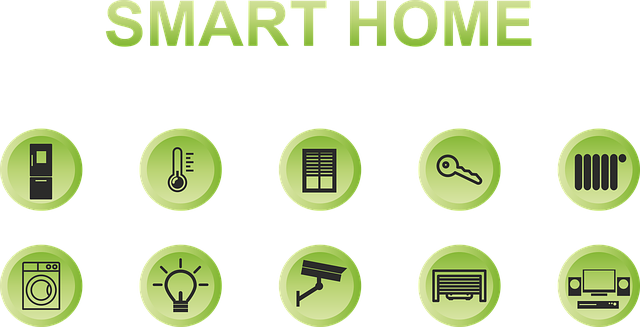3 Smart Ways To Save Energy in Your Home

Smart Ways To Save Energy in Your Home
Whether you’re a homeowner or if you’re renting, slashing the cost of bills and saving energy are probably on your concerns list, especially and considering the recent increase in energy costs.
Listen, we know that this probably isn’t the first article you’ve read outlining the steps you can take to conserve energy in the home. That’s why we’re going to save you from the usual tips like improving insulation or investing in double glazing, Instead, we’re going to give you 3 innovative ways of saving energy in your home, all based on new technology and recent trends. Some of these won’t come cheap and it may take a little time to get used to the ‘smart’ solutions, but we promise they’ll be worth it.
Install a Smart Thermostat

We’re putting this one right at the top, as it’s our favorite tip: invest in a smart thermostat. Superior to the programmable varieties, smart thermostats have been labeled as futuristic wastes of time by some, but we’re big believers in their advantages:
- Removes the human. Humans make mistakes. Computers generally don’t. Smart thermostats don’t forget to turn off the heating when you leave, for example (the Nest can detect when you’ve left the building).
- Keeps an eye on your home. Smart thermostats come bundled with an app that allows you to manage your home remotely. This is particularly handy when you’re away on holiday. Check your system is running smoothly with just a few clicks.
- Ready for when you arrive. Sometimes things don’t run according to your usual schedule. If you’ve finished work early or you’re coming back from a weekend trip, you can set things up for when you arrive. No more waiting in your jacket and sipping hot tea while you wait for the heating to finally kick in.
- Get alerts. Smart thermostats can tell when something’s off. If there’s a power outage or a temperature rise or fall that’s outside the norm, you’ll get an instant alert on your phone.
- Saves energy. While programmable thermostats can save you just as much money as the smart varieties, we think that this is the case in theory but not in practice. Smart thermostats give you more data, additional control, and learn based on your behaviour. It’s far easier to achieve ultimate efficiency with these units.
Use Insulating Paint
We know, we know, insulating paint has been called snake oil since its 15 minutes of fame in the 1990s, but we reckon it’s worth reconsidering its usefulness. Just like 90s fashion trends like combats, scrunchies, and plaid everything, insulating paint deserves a comeback.
So why the backlash against insulating paint? It’s to do with marketing. Companies would claim NASA technology, ridiculous savings, and a cozy warm home 24/7. Obviously, these are a bit of a reach, but that doesn’t mean insulating paint won’t do anything at all. According to an article in Scientific American, insulating paint should be used as an ‘icing on the cake’. In other words, use the paint alongside traditional insulation methods.
We recommend using insulating paint on areas that tend to suffer from heat loss, for example, garage doors (it doesn’t really matter what type of door you own) or sun-exposed walls. Don’t expect miracles, but used in conjunction with other energy-saving methods you’ve got yourself a product that beats traditional paint.
Eliminate ‘Phantom Loads’ with Smart Power Strips
It’s estimated that ‘phantom loads’, which occur when electronics are on standby mode (think televisions or computers), for example, account for as much as 75% of the power used by your run-of-the-mill household electrical item. Considering the average American home has 20-40 ‘vampire’ devices, it can get expensive. This can translate to as much as $200 per year extra on your bills.
The most effective solution to this are smart power strips, which shut off power supply when electronics are not in use. There are several ways this is achieved. For example, when your television goes into standby mode, the smart power strip will notice the drop in electricity consumption and will consequently switch it off. Some even group electronics together, ensuring that when the ‘master’ is no longer being used, the rest follow; think your television, DVD player, and PS4, for example. For those of you wondering: yes, smart power strips also include several ‘always on’ outlets.
Newer models offer even niftier features.
Some come bundled with motion sensors, which will turn off power supply based on your presence in the room. The amount of time the room needs to be empty before this happens can be programmed. Most also come with surge protectors built in, ensuring your electronics are safe. Recent varieties offer ‘smart’ features, such as working with an app that can manage the power strip remotely.
Posted in: Sustainable Living
Leave a Comment (0) →